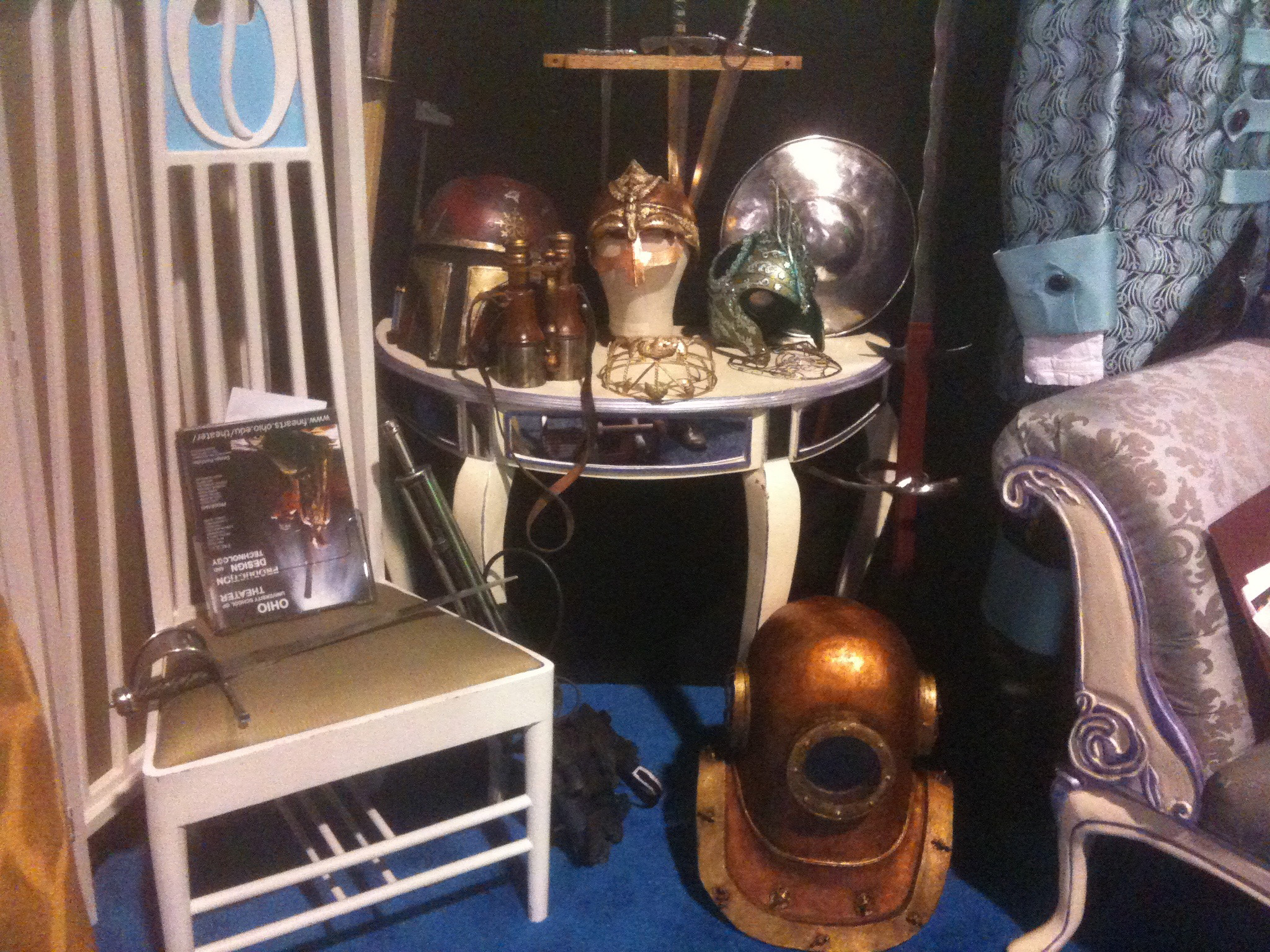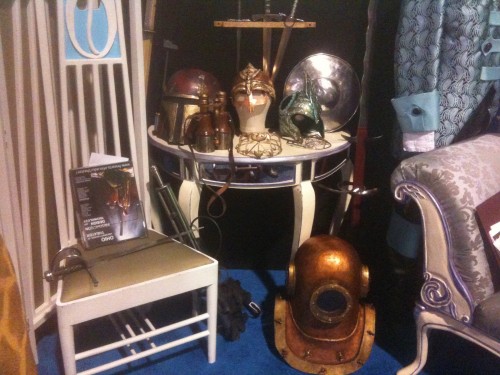 Happy Friday the Thirteenth! If you are a horror film fan, you must surely recognize the work of Tom Savini if not the name; he created the horror effects for the film, Friday the 13th. He has a book called Grande Illusions: A Learn-By-Example Guide to the Art and Technique of Special Make-Up Effects from the Films of Tom Savini
Happy Friday the Thirteenth! If you are a horror film fan, you must surely recognize the work of Tom Savini if not the name; he created the horror effects for the film, Friday the 13th. He has a book called Grande Illusions: A Learn-By-Example Guide to the Art and Technique of Special Make-Up Effects from the Films of Tom Savini . His resume of films is quite impressive for this kind of work; besides the aforementioned Friday the 13th, he has also done makeup and horror effects for Dawn of the Dead, Friday the 13th: The Final Chapter, Day of the Dead, Monkey Shines, Creepshow, and many more. In addition to influencing many horror effects artists working today, he also runs the Special Effects Make-Up and Digital Film Programs at the Douglas Education Center in Pennsylvania.
. His resume of films is quite impressive for this kind of work; besides the aforementioned Friday the 13th, he has also done makeup and horror effects for Dawn of the Dead, Friday the 13th: The Final Chapter, Day of the Dead, Monkey Shines, Creepshow, and many more. In addition to influencing many horror effects artists working today, he also runs the Special Effects Make-Up and Digital Film Programs at the Douglas Education Center in Pennsylvania.
It is beyond beneficial to us in having a book written by a man who has not only practiced these techniques for years, but has also pioneered many of these effects. It is even more fortunate that he has taken so many photographs and detailed notes of his process and working methods over the years that he can share with us. It would be like discovering a diary written by Shakespeare in which he discussed how he wrote his plays and how the productions evolved into what we know them as today.
In addition to the descriptions of his work on specific films, he has a number of step-by-step tutorials scattered throughout. Casting a head, casting teeth and fangs, working with foam latex and dealing with undercuts are some of the techniques Savini describes in this book.
What is great about these books is not only that Savini presents the materials and methods he uses, but he goes through so many examples in which he has used them. Rather than being repetitive, he shows how a repertoire of skills can be used and adapted for problems which seem similar at the outset but actually present new and unique challenges. A props artisan is always learning something new, even in fields they’ve already mastered.
 In the same vein, Grande Illusions: Book II
In the same vein, Grande Illusions: Book II presents another batch of films which Savini has worked on. This book also features tutorials on creating a breakdown of makeup appliances from a sculpted head, punching hair, and making a case mold from a bust. Though either book is good on its own, together they present a fairly complete picture of Tom Savini’s work and the techniques he uses to achieve it.
presents another batch of films which Savini has worked on. This book also features tutorials on creating a breakdown of makeup appliances from a sculpted head, punching hair, and making a case mold from a bust. Though either book is good on its own, together they present a fairly complete picture of Tom Savini’s work and the techniques he uses to achieve it.
This book does contain copious photographs of movie gore and injury, so if the sight of severed heads and impaled bodies, even fake ones, are not your cup of tea, steer clear. It’s also a good idea to screen it first before presenting it to younger makers (though I should add that unsupervised usage of the materials and techniques presented is far more dangerous than the possible psychological damage in seeing these images).





